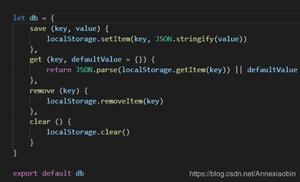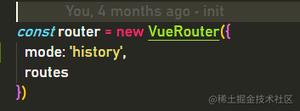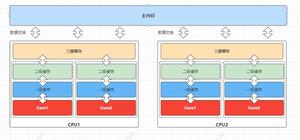笔记react router 4(二)

上一篇我们提到react router 4的dom特性。那么这一次,我们来说一说4.X中的路由组件嵌套。
用过3.X的同学应该知道,路由组件的嵌套(即,路由的配置)方式是通过给<Route>添加子<Route>
例如,
<Route path='parent' component={Parent}> <Route path='child1' component={Child1} />
<Route path='child2' component={Child2} />
...
</Route
这种方式看来,路由结构清晰明了。但由于不是真正的组件,因此在一些行为和需求上还是限制了我们。不过本人当初在使用时,并无不适,用得得心应手。^_^
再来看看4.X,当我们进入到正确的<Route>路径时,将会render其与其父组件,子组件作为父组件的子属性被传递
例如,
<Route path='/parent' render={()=>
<Parent> <Switch>
<Route path='/parent/child1' component={Child1} />
<Route path='/parent/child2' component={Child2} />
</Switch>
</Parent>
} />
const Parent = () => (
<div>
{this.props.children}
</div>
)
因此,我们可以发现,在3.X中嵌套的路由层级对于两个组件来说是没有父子关系的,完全独立。而,在4.X中若要实现嵌套路由,子组件是要作为父组件的子属性传递进去的。也就是嵌套层级既体现了父子关系。
以上是 笔记react router 4(二) 的全部内容, 来源链接: utcz.com/z/383719.html









